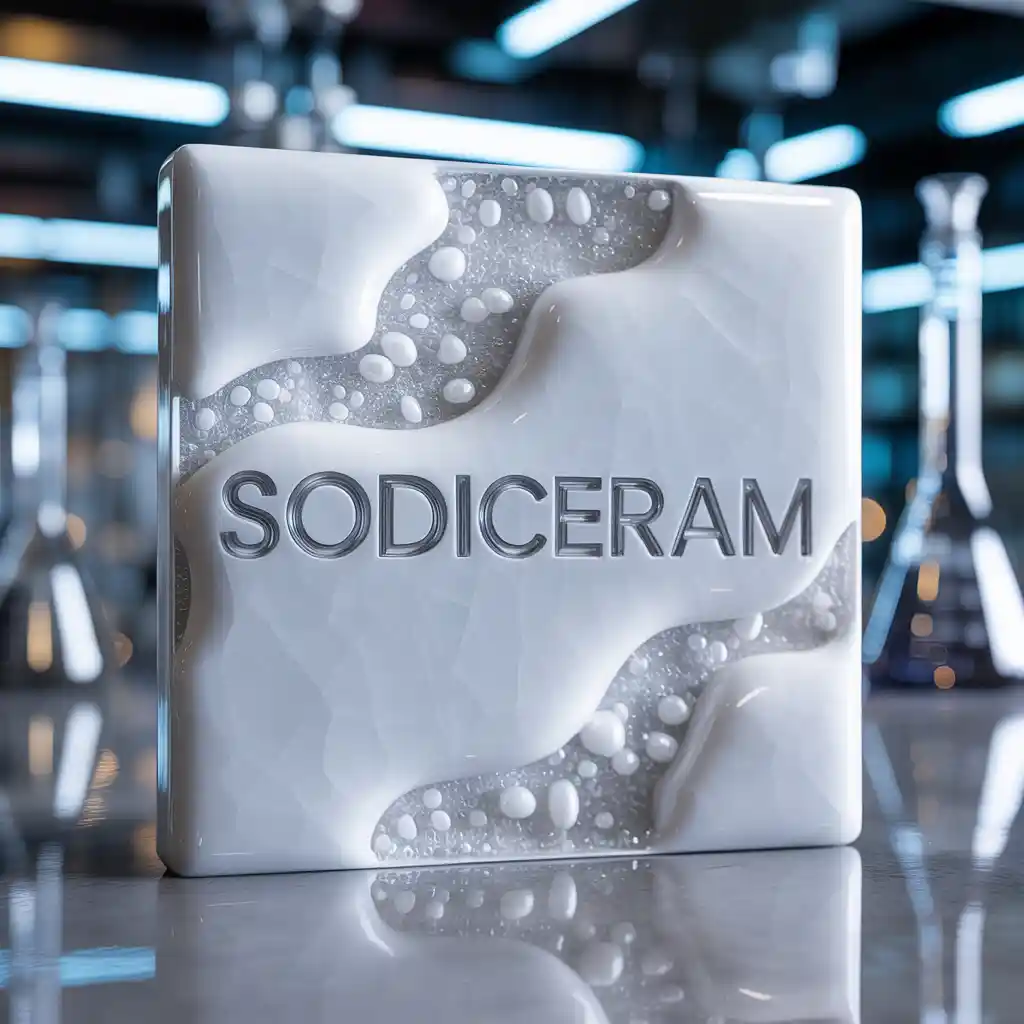Sodiceram is revolutionizing the ceramic industry with its advanced sodium-based technology. This innovative material is not only setting new standards for strength and durability but also offers a range of benefits that traditional ceramics simply can’t match. From enhanced thermal resistance to lighter weight, Sodiceram stands at the forefront of modern materials science. As industries continue to seek sustainable and efficient solutions, Sodiceram emerges as a game-changer worth exploring. Let’s dive into what makes this revolutionary product so special and how it’s making waves across various sectors.
History of Sodium-Based Ceramic Technology
Sodium-based ceramic technology has a fascinating history that dates back several decades. Researchers initially explored the potential of sodium ions in ceramics for their unique properties, such as enhanced conductivity and thermal stability.
In the early stages, scientists focused on developing materials that could withstand extreme conditions. This drove innovations in various fields, including electronics and aerospace. The combination of sodium with other elements paved the way for breakthroughs in structural integrity and functionality.
As interest grew, collaborations between academia and industry accelerated advancements. These partnerships led to more refined processes for creating high-performance sodium-based ceramics.
Over time, applications expanded beyond traditional uses into emerging sectors like renewable energy. Today, this technology continues to evolve rapidly as researchers seek new formulations and methods to harness its full potential while addressing modern challenges across industries.
How Sodiceram is Made and Its Properties
Sodiceram is crafted through a meticulous process that begins with selecting high-quality raw materials rich in sodium compounds. These materials undergo precise mixing to achieve the desired chemical composition.
The mixture is then subjected to high temperatures in a controlled environment, promoting sintering—a crucial step where particles fuse together. This results in a denser and more durable material.
Once cooled, Sodiceram exhibits remarkable properties. Its exceptional thermal stability allows it to withstand extreme heat without compromising integrity. The material also boasts impressive mechanical strength, making it resistant to fractures and wear over time.
Moreover, its unique chemical resistance adds versatility across various applications. Whether used in industrial settings or consumer products, Sodiceram’s lightweight nature further enhances its appeal for manufacturers seeking efficiency without sacrificing performance.
Applications and Uses of Sodiceram in Various Industries
Sodiceram is making waves across multiple industries due to its remarkable properties. Its high thermal resistance makes it ideal for applications in the aerospace sector, where materials must endure extreme conditions.
In the electronics industry, Sodiceram serves as a crucial insulator. It helps improve efficiency by reducing energy loss and enhancing device performance.
The automotive sector also benefits from this advanced ceramic technology. It’s utilized in manufacturing components that require durability and heat resistance, such as brake pads and engine parts.
Moreover, the medical field is exploring Sodiceram’s potential for biocompatibility in implants and prosthetics. This innovation could lead to safer options for patients requiring surgical interventions.
From construction materials to innovative consumer products, Sodiceram’s versatility continues to expand its presence across diverse markets. Each application highlights its unique advantages while paving the way for further exploration of its capabilities.
Advancements and Innovations in Sodiceram Technology
Recent advancements in Sodiceram technology have revolutionized the materials landscape. Researchers are continuously experimenting with various sodium compounds to enhance its properties, making it even more versatile.
One of the most exciting innovations is the incorporation of nanomaterials into Sodiceram formulations. This development boosts strength and durability while maintaining lightweight characteristics. It opens doors for new applications across industries.
Additionally, smart manufacturing techniques are being employed in producing Sodiceram. These methods improve efficiency and reduce waste during production, making it a more sustainable choice for manufacturers.
Another noteworthy advancement involves integrating eco-friendly additives into processes. This not only enhances performance but also aligns with global sustainability goals.
As these innovations unfold, they promise to expand the horizons of what can be achieved with sodiceram technology across various fields and applications.
Comparison with Other Ceramic Technologies
Sodiceram stands out in the realm of ceramic technologies due to its unique sodium-based composition. Unlike traditional ceramics that often rely on aluminum oxide, Sodiceram offers enhanced thermal stability and superior resistance to chemical corrosion.
When compared to zirconia ceramics, which are known for their toughness, Sodiceram provides a lighter alternative without compromising strength. This makes it ideal for applications where weight is a critical factor.
Additionally, while other ceramic technologies may struggle with brittleness under stress, Sodiceram exhibits remarkable flexibility. This characteristic allows it to absorb impact more effectively than many conventional materials.
The manufacturing process of Sodiceram also sets it apart. Utilizing advanced techniques ensures higher purity and consistency in the final product, leading to improved performance in various industrial applications.
Conclusion: The Future of Sodiceram in the Industry
The future of Sodiceram in various industries looks promising. As technology continues to evolve, the demand for advanced materials increases. Sodiceram stands out due to its unique properties and versatility. It has already made significant strides in sectors such as aerospace, electronics, and medical applications.
Innovations are on the horizon. Researchers are exploring new methods to enhance its durability and performance further. This could lead to even wider adoption across diverse fields.
As more companies recognize the benefits of sodium-based ceramics, we may see a shift from traditional materials toward this innovative alternative. Its ability to withstand extreme conditions while maintaining efficiency positions it well as industries strive for sustainability.
Sodiceram is not just a trend; it’s paving the way for smarter solutions in material science. The ongoing advancements will likely keep it at the forefront of industry developments for years to come.

